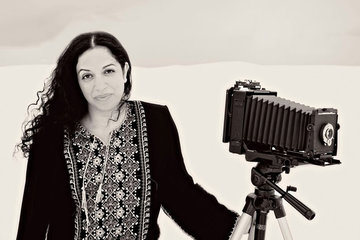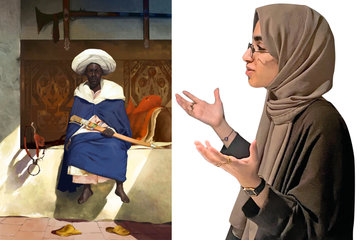
Louvre Abu Dhabi’s first international exhibition of 2022 allows visitors to embrace all the grandeur, spleandour and opulence the Palace of Versailles became renowned for when it was a royal playground. Titled “Versailles & the World,” the exhibition, running until June 4, is a must-visit for those interested in the history of the French royal court during the reign of Louis XIV.
Organised in partnership with Musée National des Châteaux de Versailles et de Trianon, with the support of France Muséums, the exhibition displays around 120 artworks. These include 30 paintings, over 40 works on paper, books and manuscripts, sculptures and numerous pieces of decorative art such as porcelain, tableware, silverware, gilt bronze and furniture. In addition to the beautiful pieces taken from Louvre Abu Dhabi and the UK’s Royal Collection Trust collections, as well as 17 French lenders, including the Musée National des Châteaux de Versailles et de Trianon, visitors can enjoy a wide-ranging cultural programme.

Versailles Palace became the greatest legacy of Louis XIV, known as the ‘Sun King,’ during the 17th century. The monarch, who had absolute power and influence, spent a staggering 72 years on the throne. And during this time, as well as turning France into the most powerful state in Europe, he managed to transform the palace into an international symbol of French sophistication and prestige.
By focusing on the reception, interpretation and appropriation of foreign cultures by the court in an era of scientific competition, the exhibition looks at how the Palace of Versailles became a place where intellectual encounter and cultural exchanges took place. These were between the French monarchy, the court, foreign ambassadors and diplomatic missions, throughout the rule of Louis XIV, Louis XV and Louis XVI.
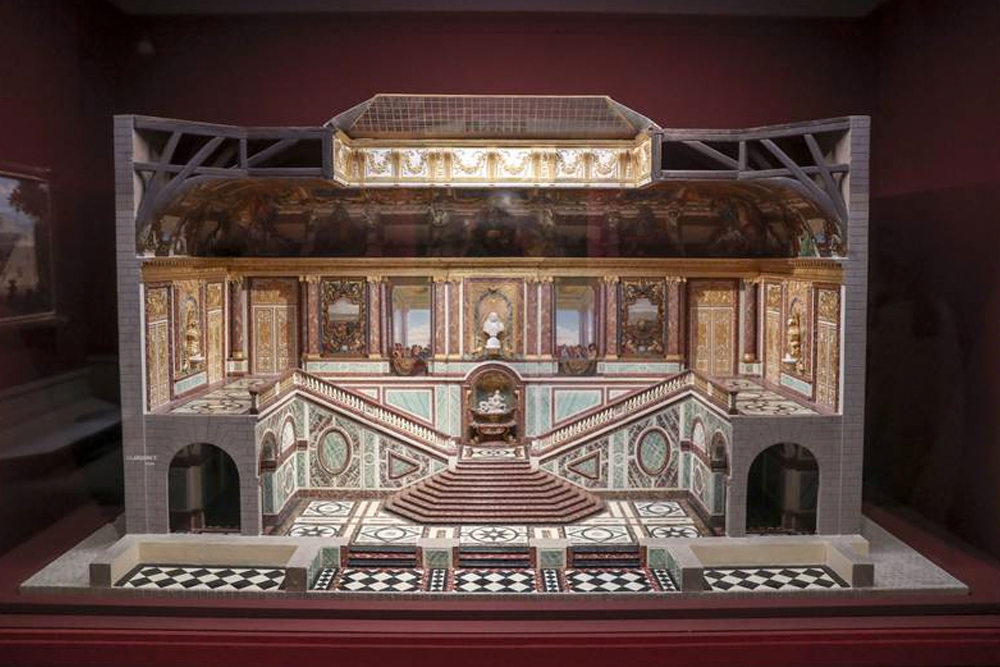
“Versailles & the World” is curated by Hélène Delalex, Heritage Curator, and Bertrand Rondot, Chief Heritage Curator at the Department of Furniture and Decorative Arts at the Musée National des Châteaux de Versailles et de Trianon. Dr Souraya Noujaim, Louvre Abu Dhabi’s Scientific, Curatorial and Collections Management Director, also lends her support.
“In this exhibition, Louvre Abu Dhabi invites visitors to discover the court at Versailles and its vistas onto the wider world,” Noujaim said. “Designed for those who are familiar with Versailles and those who are not, it shows how the arts were inspired by other lands and reflects the French court’s fascination with those distant countries, as well as the ambivalent, even competitive relations it had with them.”
Here are the three ways life at Versailles, at a time people looked to the wider world for inspiration while enjoying the finest French taste, craftsmanship and art de vivre, is explored.
An International Guest List
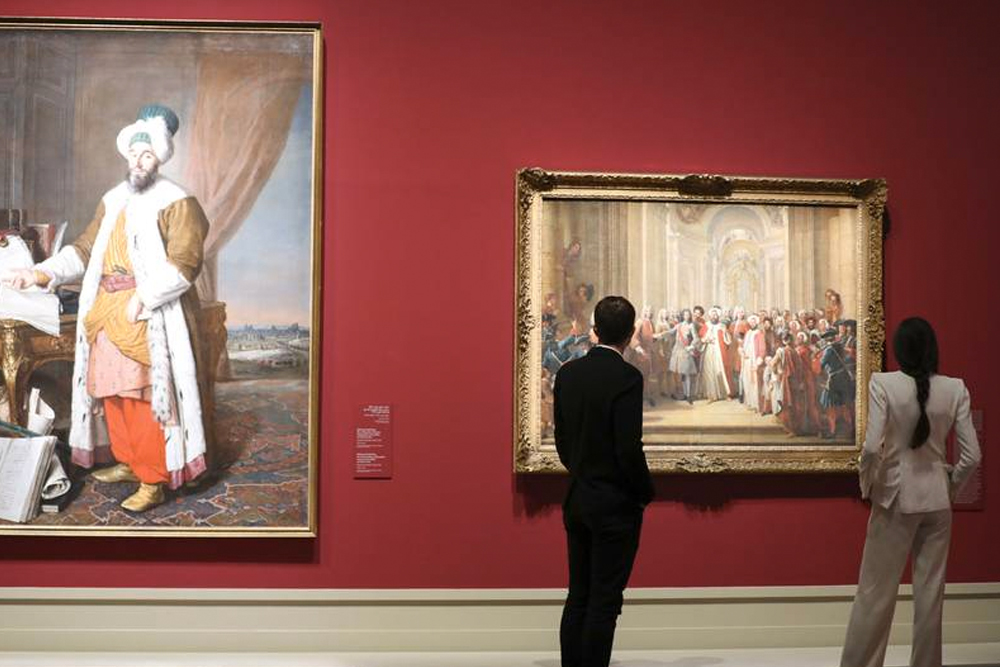
Louis XIV ensured Versailles presented daily spectacles for all his courtiers, subjects and visitors from around the world. Detailed reports of the receptions given to foreign ambassadors were published alongside images of their outfits, customs and appearance, helping to spread a taste for the exotic in fashionable society.
Oriental Inspiration
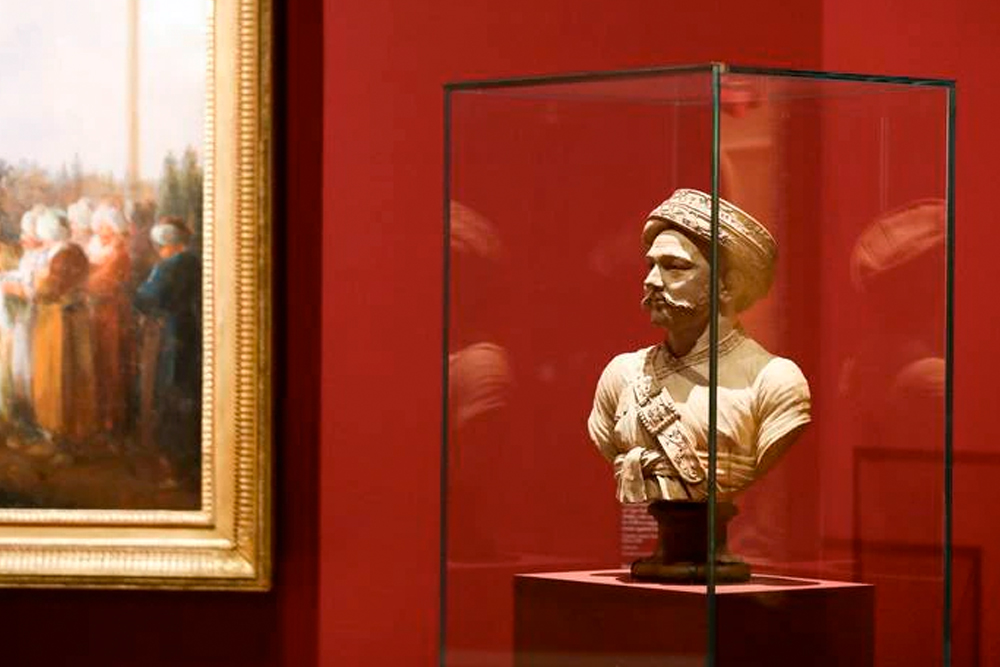
From the first years of Louis XIV’s reign, the taste for exoticism spread through the French court, fuelled by the literature and the stories of travellers who had ventured into the Ottoman Empire, Africa, America and Asia. This attraction reached its peak between 1704 and 1717, following Antoine Galland’s French translation of “Thousand and One Nights.” It could be seen in the popularity of fashionable styles such as chinoiserie and turquerie, inspired by the cultures of China and the Ottoman Empire. The general taste for turqueries in the 1770s led to the creation of several Turkish boudoirs at the court. Marie-Antoinette‘s boudoir, which was laid out between 1774-1776, is one of the most famous.
Discovering Other Parts Of The World

The European interest with other cultures came at a time the region's gaze became increasingly global. The Ancient Regime was a time of great exploration, partly propelled by the rivalry between European nations. Commissioned and encouraged by Louis XIV, expeditions at sea led to distant lands and oceans in search of new geographical, botanical, wildlife, cartographic and astronomical discoveries while inspiring artists and artisans alike.


